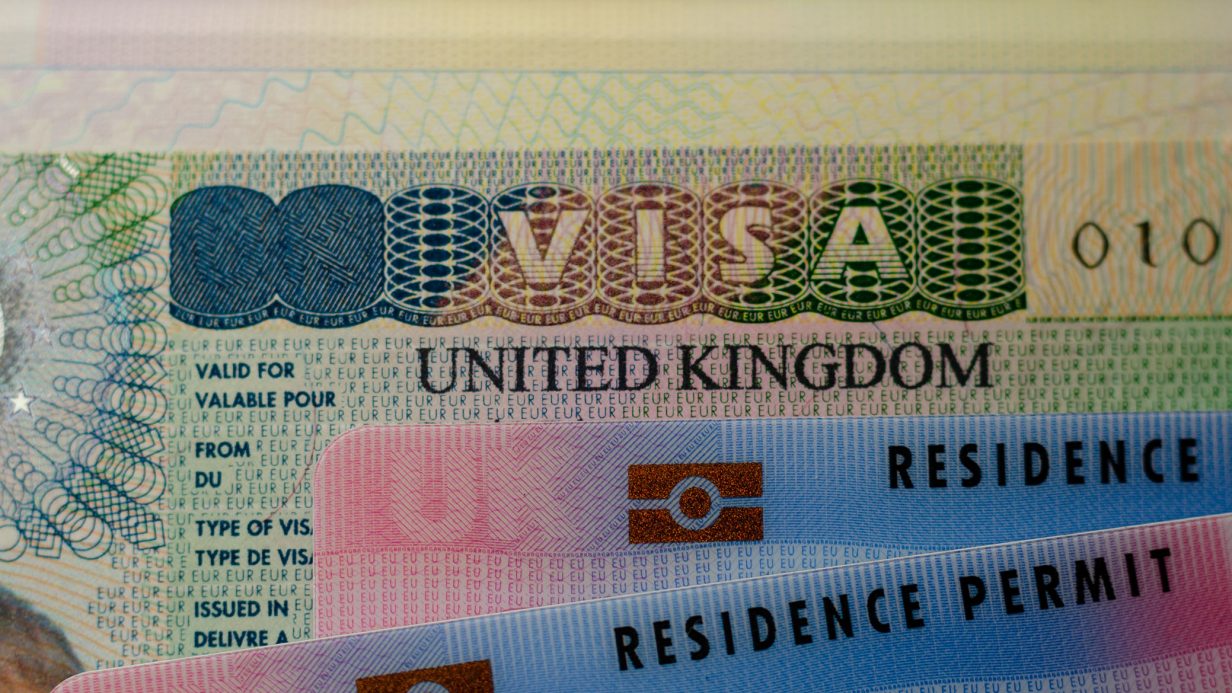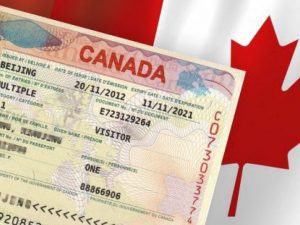Moving to the UK? Thinking about it? Well, you’re gonna need to know about visas. And let me tell you, it can be a real headache. But don’t worry – I’m here to break it down for you in simple terms.

What’s a visa anyway?
So, a visa is basically a fancy sticker in your passport. It says you can come into the UK and stay for a bit. But here’s the thing – there are loads of different types. And each one has its own rules. Confusing, right?
Main types of UK visas
Let’s look at the big ones:
- Work visas
- Student visas
- Family visas
- Tourist visas
Work visas
Wanna work in the UK? You’ll need one of these. There are a few different types:
- Skilled Worker visa: For people with job offers from UK companies.
- Intra-company Transfer visa: If your company is sending you to their UK office.
- Investor visa: Got a spare £2 million? This one’s for you!
And the rules? Oh boy. Here’s a quick rundown:
| Visa Type | How long you can stay | What you need |
|---|---|---|
| Skilled Worker | Up to 5 years | Job offer, skill level, salary requirement |
| Intra-company Transfer | Up to 5 years | Employer sponsorship, minimum salary |
| Investor | Up to 3 years | £2 million to invest in UK businesses |
Student visas
Wanna study in the UK? You’ll need a student visa. Here’s the deal:
- You need an offer from a UK school or uni
- You gotta prove you can speak English
- And you need to show you’ve got enough money to support yourself
Simple, right? Well, kinda. There’s more to it, but that’s the basics.
Family visas
Got family in the UK? Lucky you! You might be able to join them. But – and it’s a big but – the rules are pretty strict. You’ll need to prove things like:
- Your relationship (duh)
- That you can support yourself
- That you can speak English (in some cases)
It’s not easy, but it’s doable.
Tourist visas
Just visiting? Cool! You might need a Standard Visitor visa. It lets you stay for up to 6 months. But here’s the catch – you can’t work or study on this visa. It’s just for tourism, visiting family, or business meetings.
The application process
OK, so you’ve figured out which visa you need. Now what? Well, you gotta apply. And let me tell you, it’s not exactly a walk in the park.
- Fill out the application form: It’s online. And it’s looong.
- Pay the fee: Yep, it costs money. Sometimes a lot of money.
- Book an appointment: You’ll need to go to a visa application center.
- Provide your fingerprints and photo: They call this “biometric information”.
- Submit your documents: Passport, proof of funds, job offer – whatever your visa type needs.
- Wait: This is the hard part. It can take weeks or even months.
Common requirements
No matter which visa you’re going for, there are some things you’ll pretty much always need:
- A valid passport: Duh.
- Proof of funds: To show you can support yourself.
- Tuberculosis test results: For some countries.
- Proof you meet the visa requirements: This varies depending on the visa type.
Tips and tricks
Here’s some advice from someone who’s been through it:
- Start early: Seriously, these things take time.
- Double-check everything: One little mistake can mess up your whole application.
- Be honest: Lying on your application is a big no-no.
- Keep copies: Of everything. Trust me, you’ll need them.
- Stay up to date: The rules change all the time. What was true last year might not be true now.
Common mistakes
Wanna know what not to do? Here are some big mistakes people make:
- Applying for the wrong visa: Make sure you’re going for the right one!
- Not providing enough evidence: More is better when it comes to documents.
- Forgetting to translate documents: If it’s not in English or Welsh, you need a translation.
- Ignoring the financial requirements: They’re super important.
- Thinking it’ll be quick: It won’t be. Plan ahead.
What if you get rejected?
It happens. And it sucks. But it’s not the end of the world. You might be able to:
- Appeal the decision: If you think they made a mistake.
- Reapply: With a stronger application.
- Look at other visa options: Maybe there’s a better fit for you.
The future of UK visas
Things are always changing in the world of UK visas. Brexit shook things up big time. And who knows what’ll happen next? The best thing you can do is stay informed.
Wrapping up
So there you have it – a rundown of UK visa types and requirements. It’s a lot to take in, right? But don’t let it scare you off. Loads of people successfully get UK visas every year. With some patience and preparation, you could be one of them.
Remember:
- Figure out which visa you need
- Check the requirements carefully
- Start the process early
- Be thorough with your application
And hey, good luck! The UK’s a pretty cool place. Whether you’re coming to work, study, or just hang out – it’ll be worth the hassle. Trust me.





